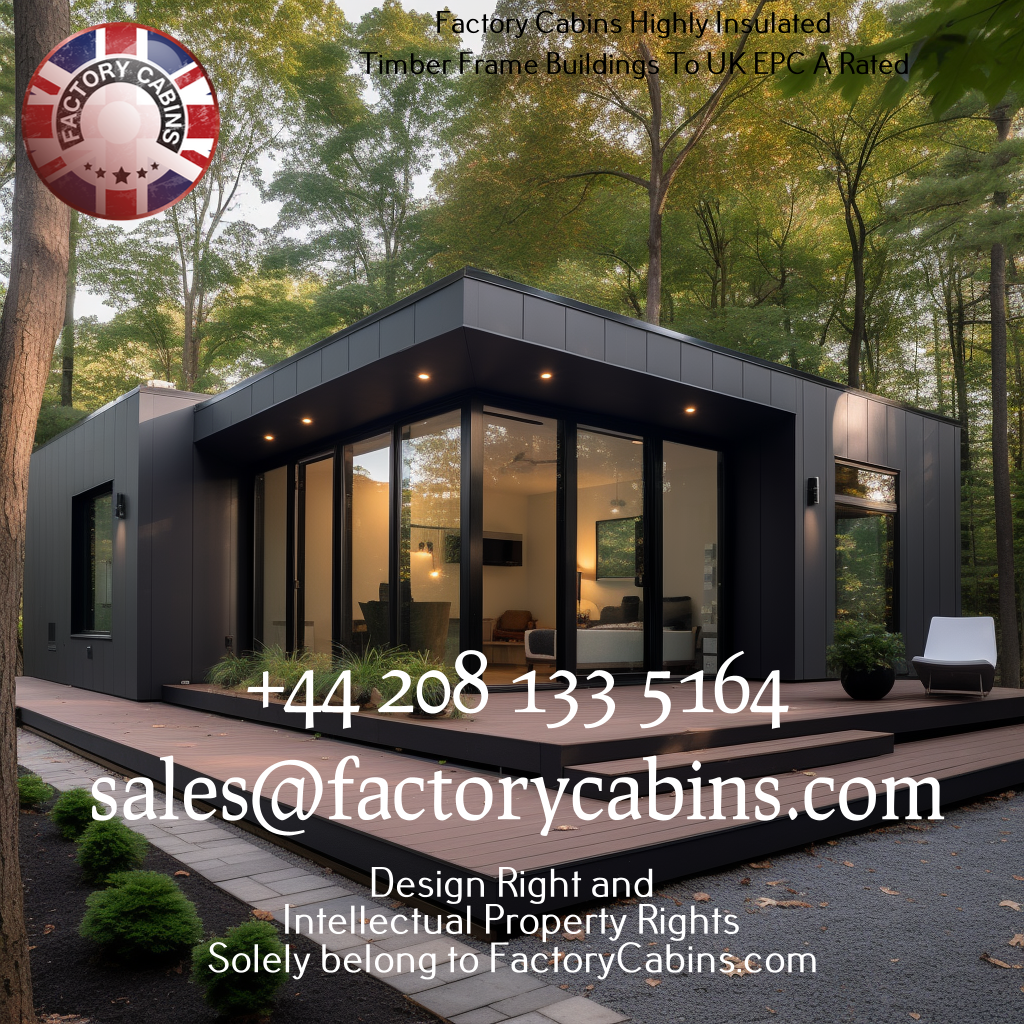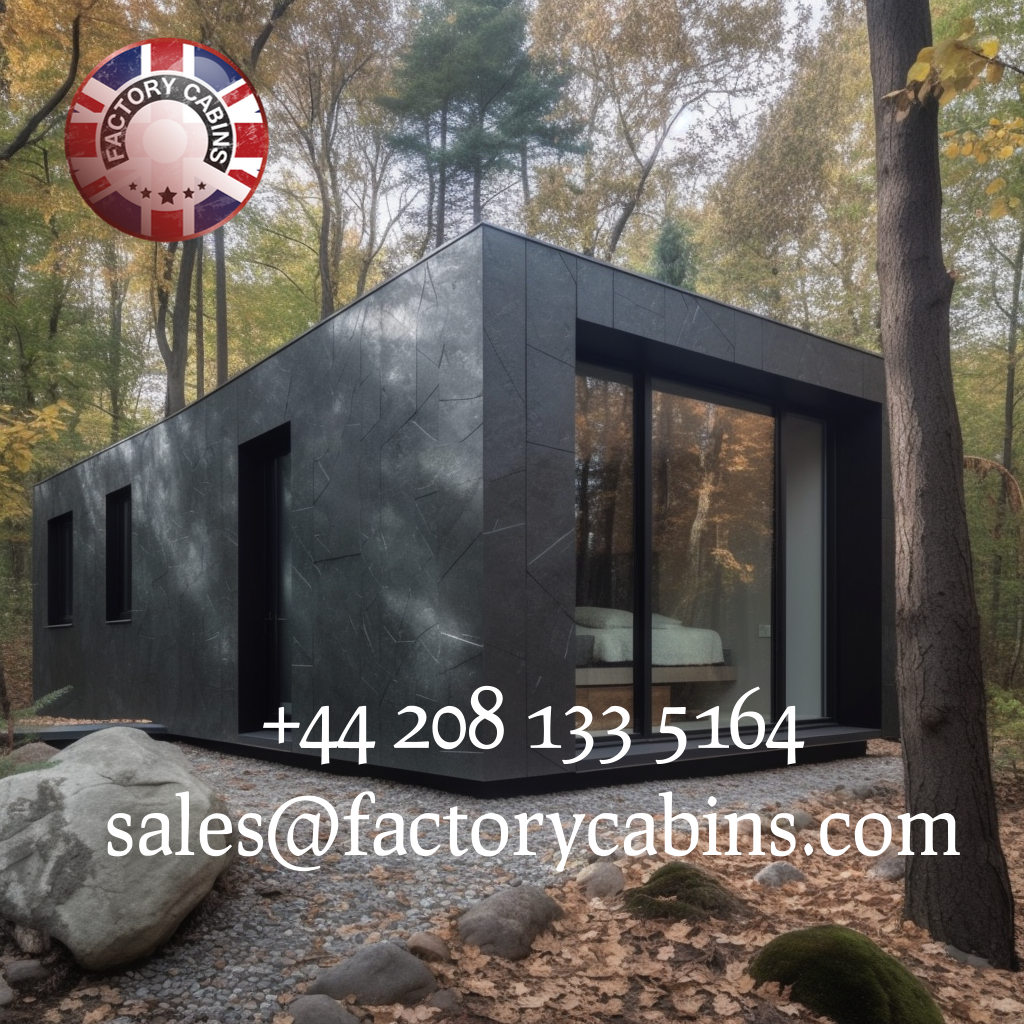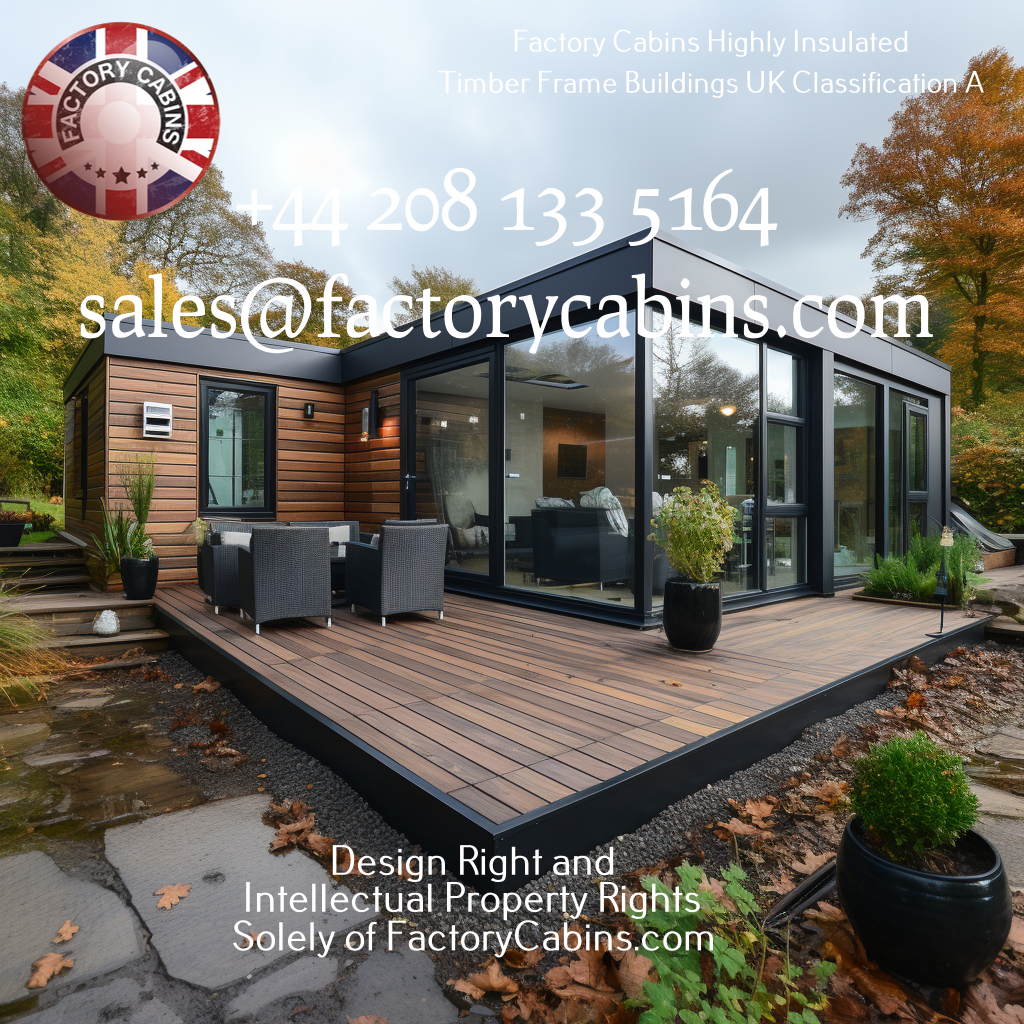Prefabricated Net Zero Highly Insulated Buildings
Net Zero Highly Insulated buildings in the UK
Prefabricated Net Zero Highly Insulated homes
New Amazing Net Zero Designs
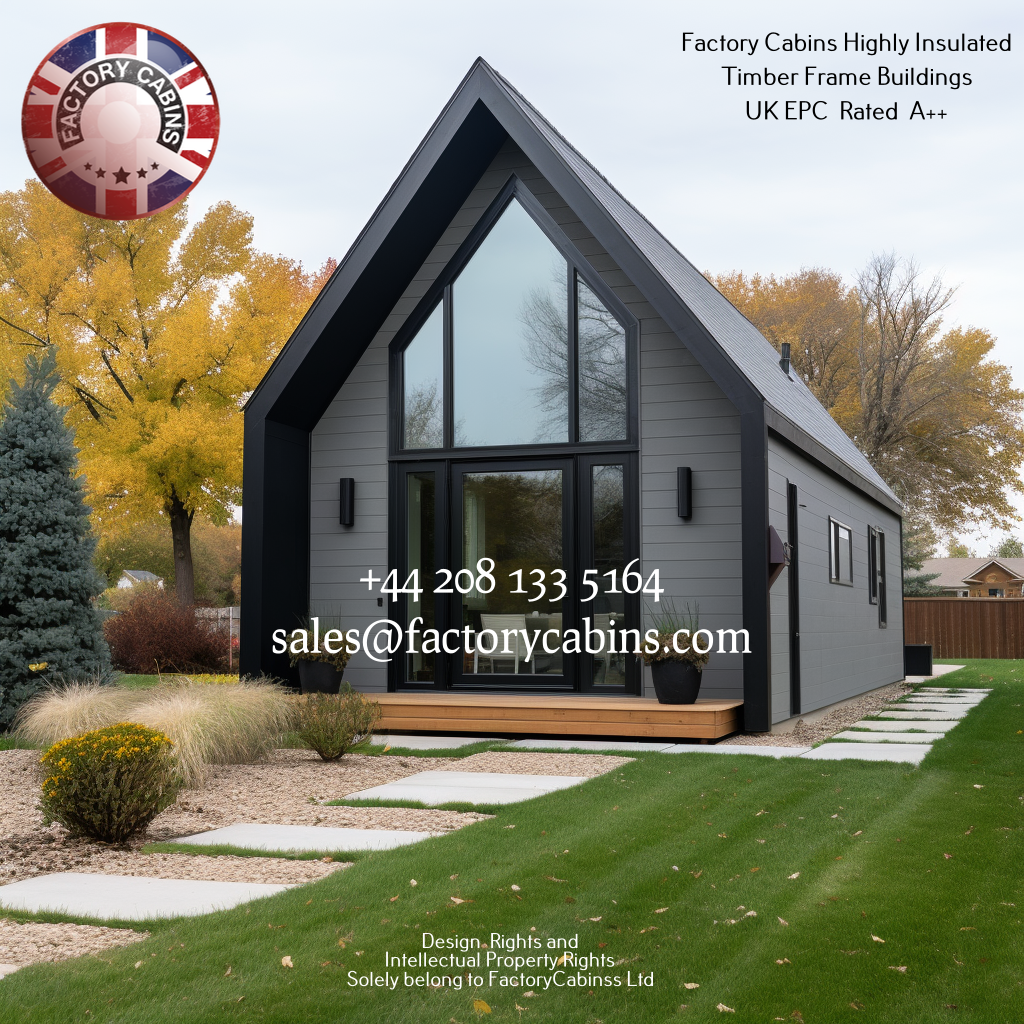
Introduction
Net-zero buildings have emerged as a new approach in the search of sustainable living. At Factory Cabins, we go deep into the complexities of net-zero buildings, investigating how these structures are changing the landscape of eco-friendly construction.
We prefer our buildings to have a distinctive appearance, so our extremely original designs and Net Zero housing are unlike anything on the market.
Understanding Net Zero Buildings
Net zero buildings are designed to generate as much energy as they consume, establishing a delicate balance between energy output and consumption. This novel strategy not only reduces environmental impact but also provides a long-term cost-effective option for individuals and businesses.
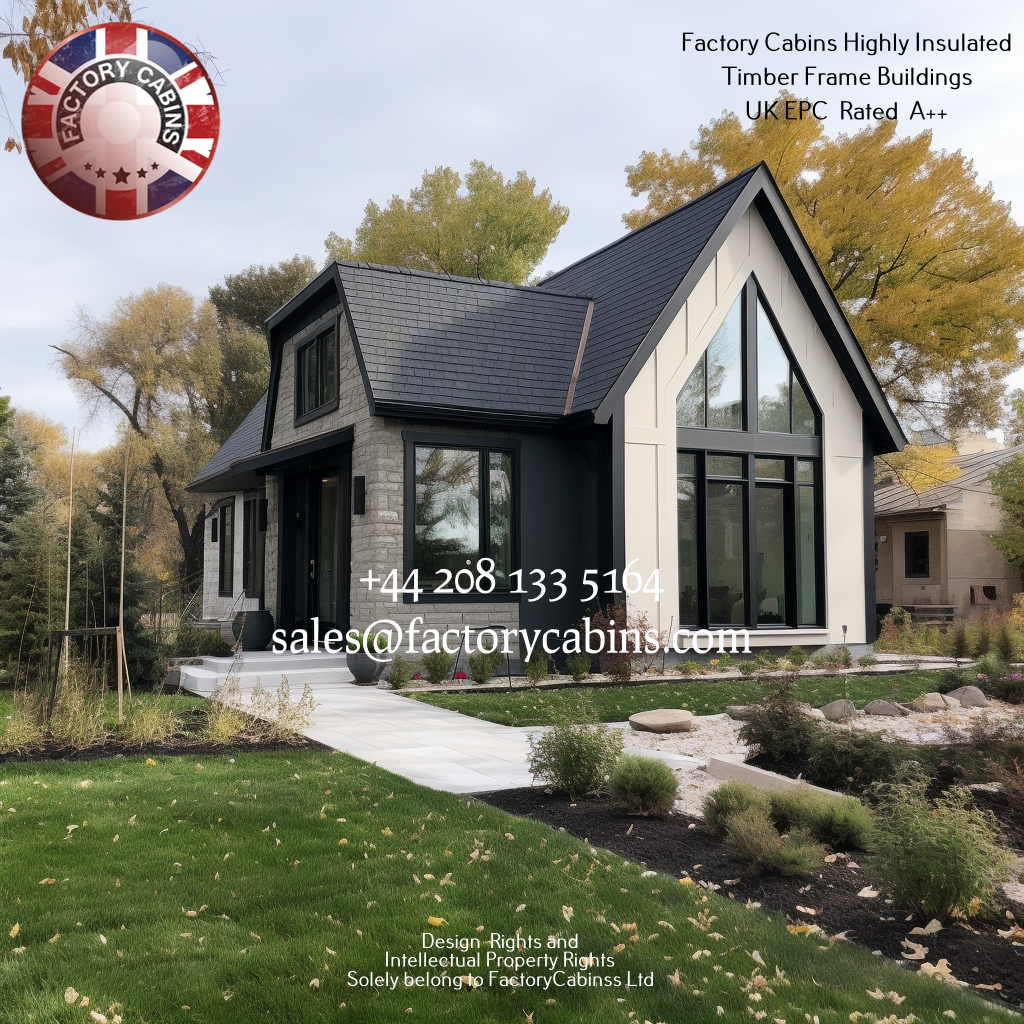
Components of Net Zero Buildings
- Solar Photovoltaic Systems
The incorporation of cutting-edge solar photovoltaic systems is one of the essential components driving the achievement of net-zero buildings. These systems harness the power of the sun and transform it into electricity to meet the building’s energy requirements. This section delves into the most recent breakthroughs in solar technology, demonstrating how efficient photovoltaic panels contribute to a structure’s overall sustainability.
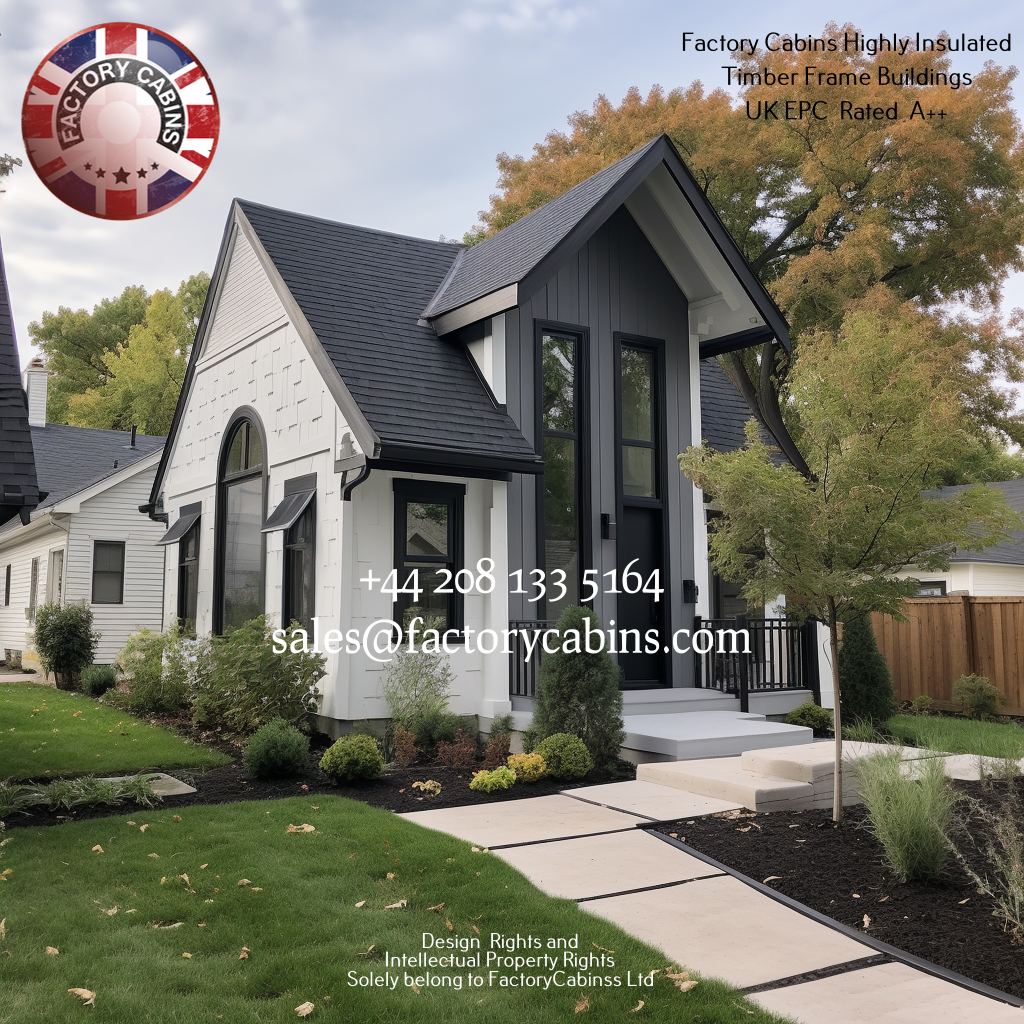
- High-Performance Insulation
Efficient insulation is critical to obtaining net-zero status. We dig into the world of high-performance insulation materials, addressing their thermal qualities and how they contribute to maintaining a comfortable indoor atmosphere while minimising energy loss.
The Economic Advantages of Net Zero Buildings
Aside from environmental benefits, net-zero buildings have major economic benefits. This section investigates the long-term financial benefits for homeowners and companies, focusing on the return on investment linked with lower energy bills and potential government incentives.
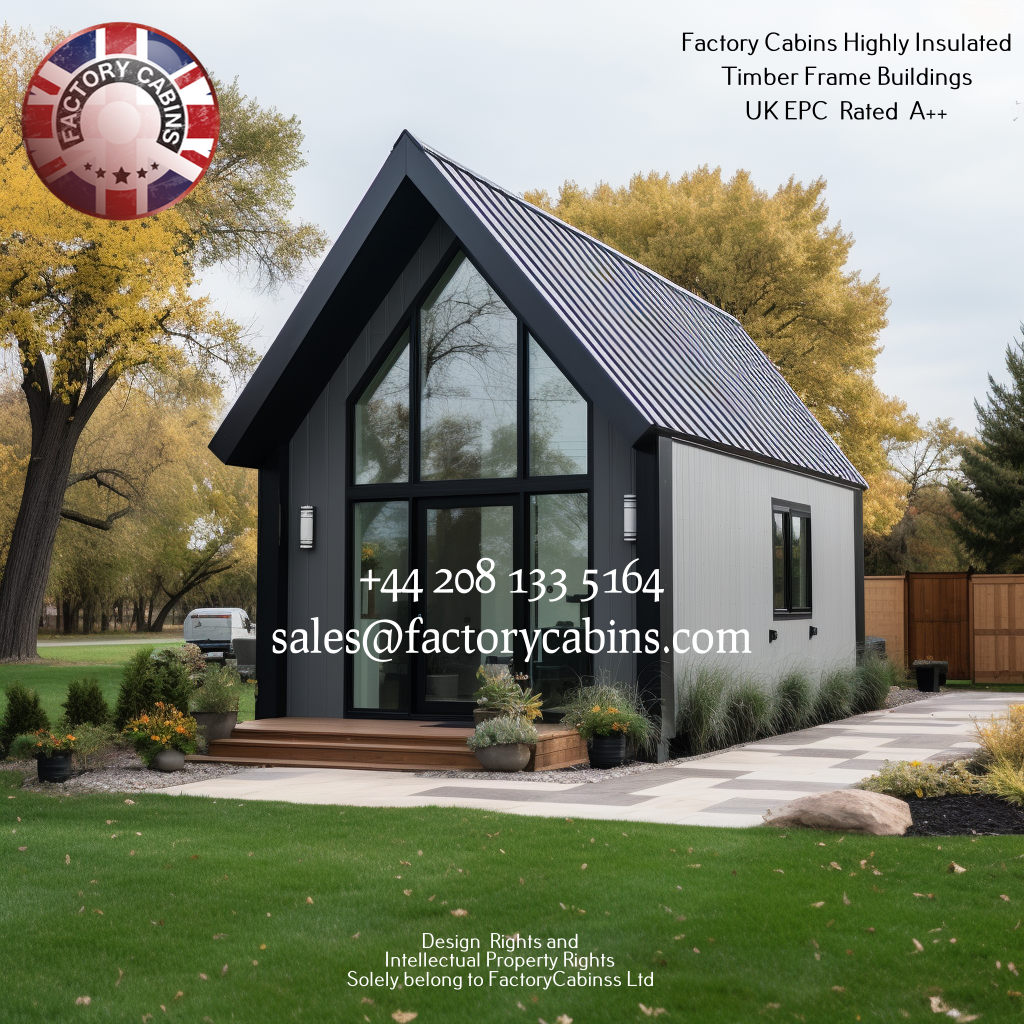
Net Zero Certification Programmes
Navigating the world of net-zero buildings can be difficult, and certification programmes play an important role in assuring adherence to sustainability norms. We detail popular certification programmes such as LEED (Leadership in Energy and Environmental Design) and Passive House, offering light on how these certifications assess a building’s eco-friendliness.
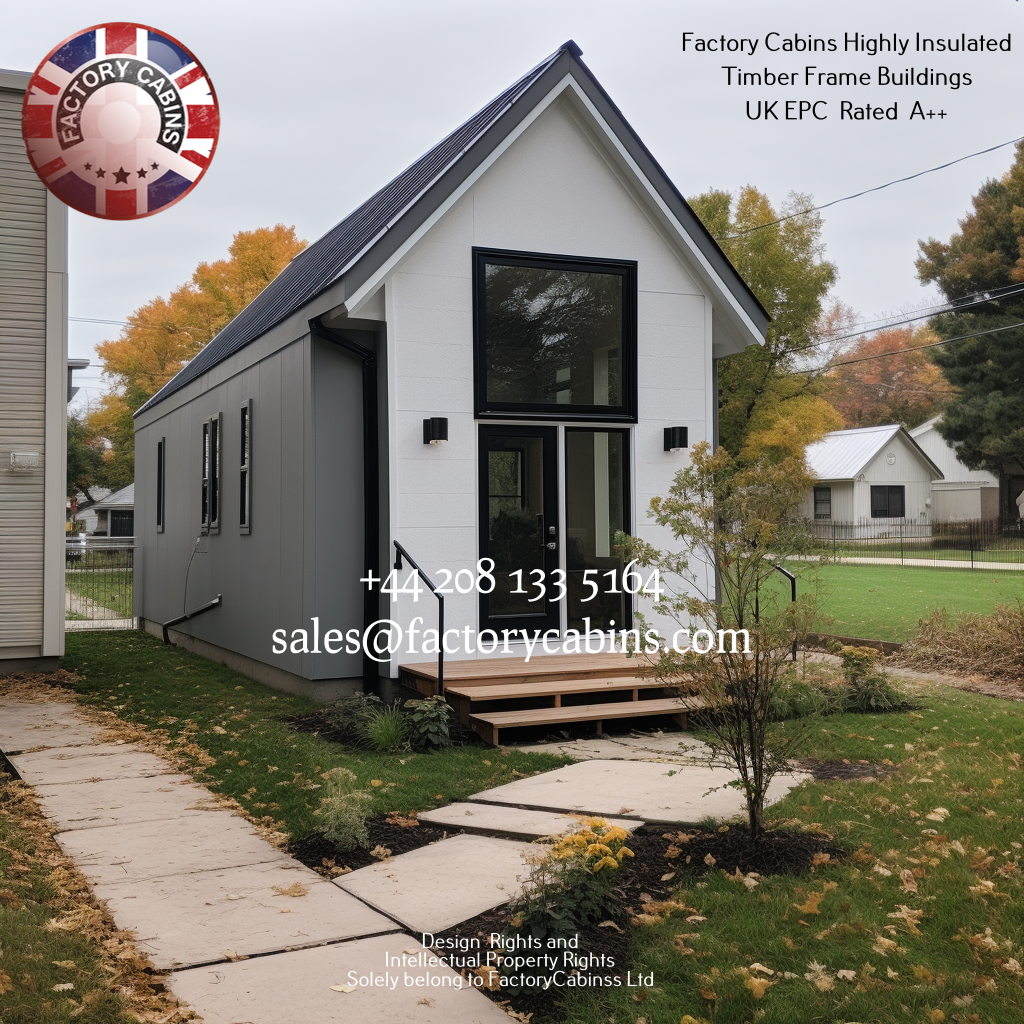
The era of net-zero buildings is here, altering the way we think about construction and energy consumption. Factory Cabins is at the forefront of this green transformation, committed to offering insights and solutions that push your journey towards a more sustainable and energy-efficient future.
Implementing Net Zero Strategies: A Comprehensive Guide
Optimising Energy Efficiency in Net Zero Buildings
Creating a net-zero building necessitates thorough design and implementation, with an emphasis on optimising energy efficiency. Factory Cabins’ professionals use modern technologies to maximise building performance while minimising energy usage.

Intelligent Building Automation Systems
Integrating smart building automation technology is critical to achieving unmatched energy efficiency. These systems make sure that energy is only used when and where it is needed by optimising lighting, heating, and cooling through the use of sensors and controls. We investigate the most recent breakthroughs in automation, emphasising how they contribute to the overall sustainability of net-zero structures.
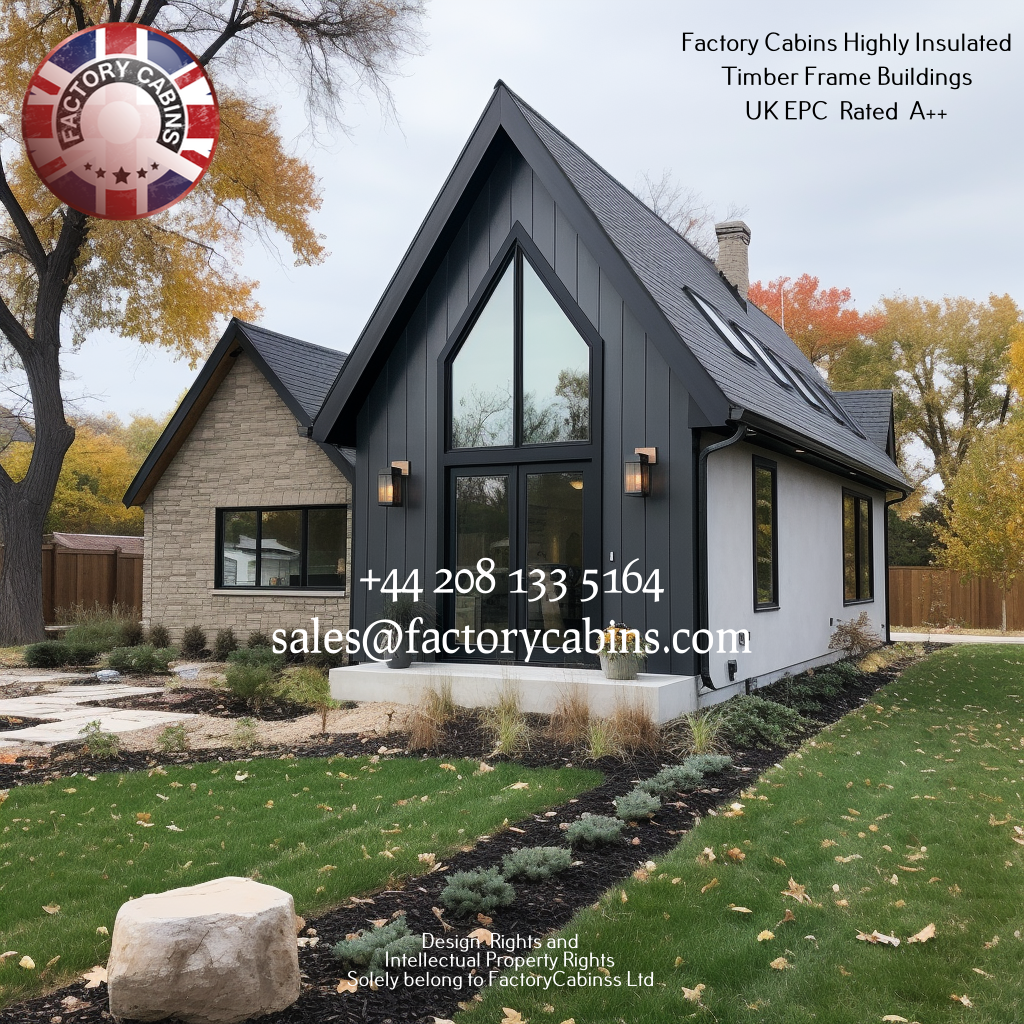
Ventilation is frequently disregarded in energy-efficient building design. Our essay discusses the significance of energy recovery ventilation, demonstrating how these systems exchange stale indoor air with fresh outdoor air while retaining the energy invested in conditioning the indoor environment.
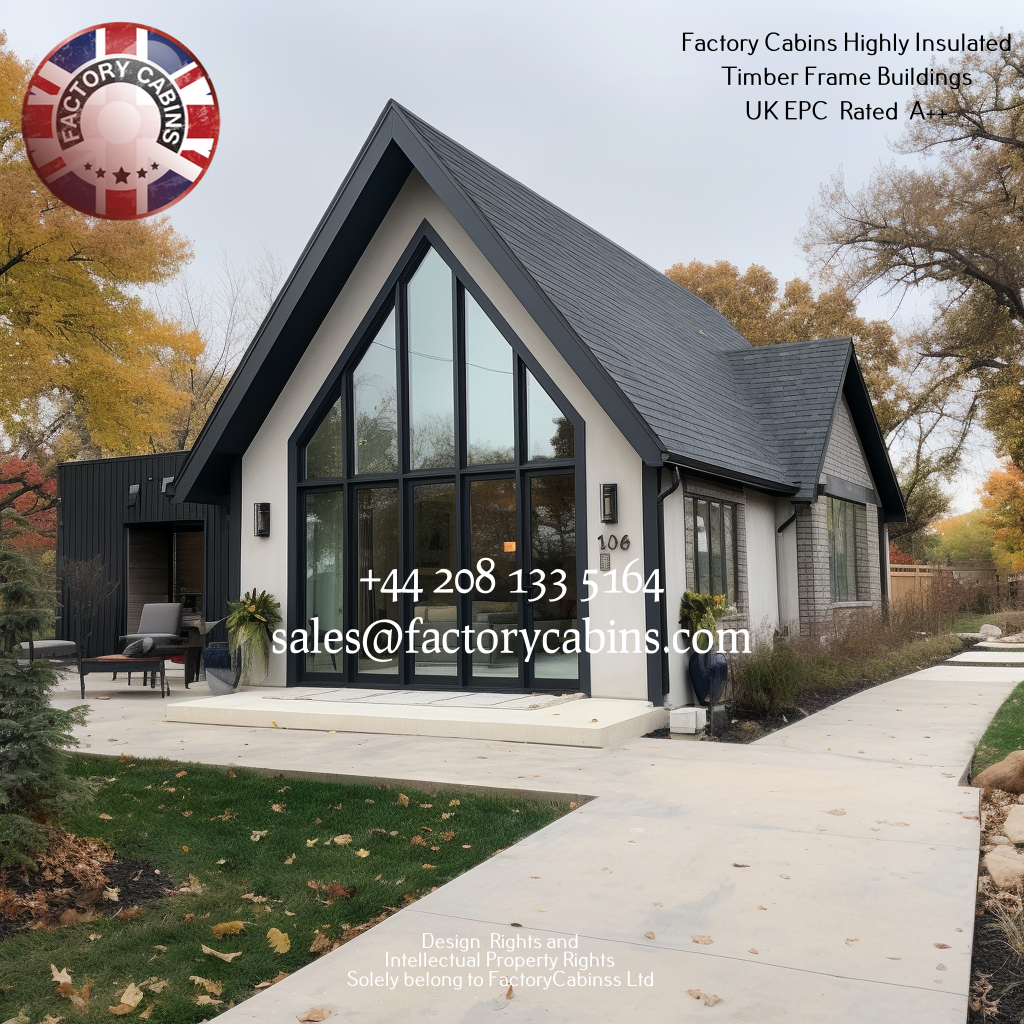
Beyond Solar: Diversifying Energy Sources
While solar power is an important component of net-zero buildings, diversifying energy sources improves resilience and sustainability. We investigate complementary technologies such as wind turbines and geothermal systems, providing a comprehensive understanding of how several sources might function in tandem to meet a building’s energy demands.
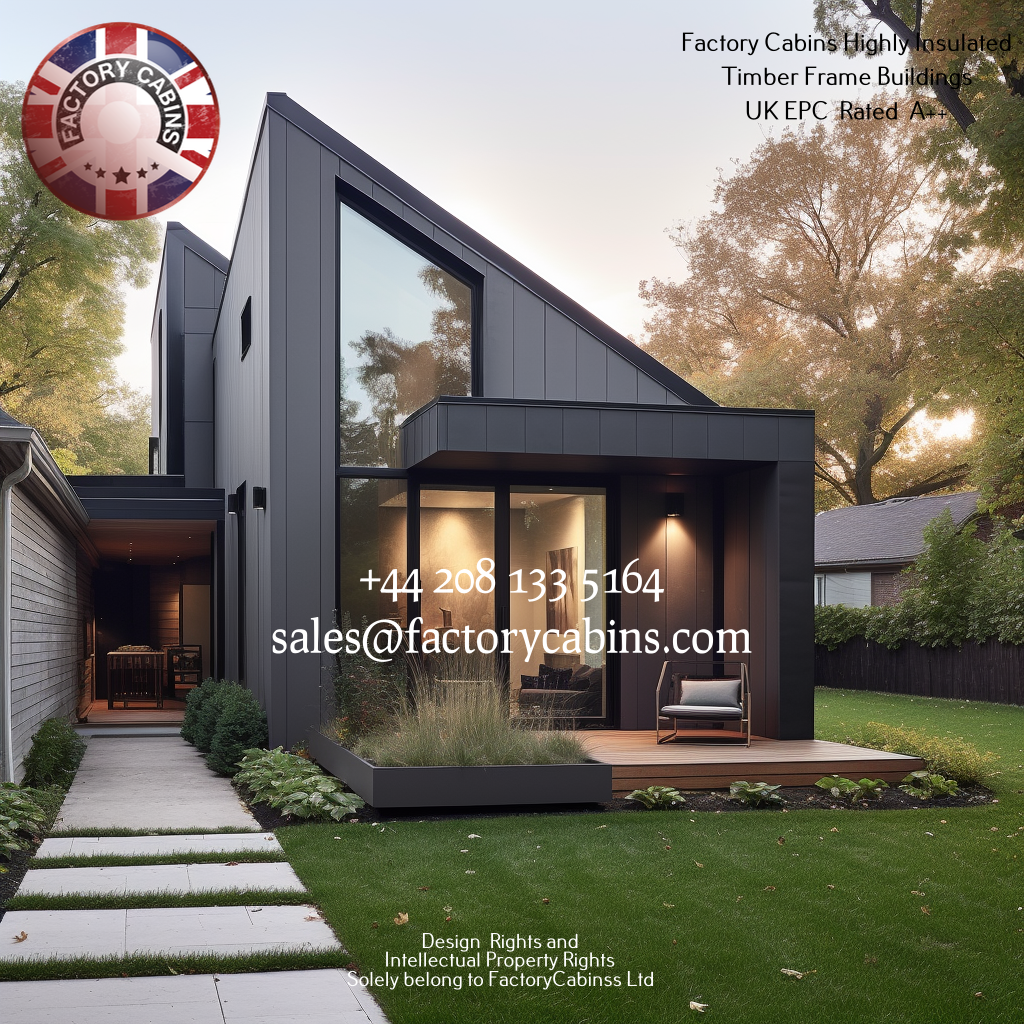
Overcoming Net Zero Challenges
Despite the numerous advantages, problems may occur during the implementation of net-zero techniques. We overcome frequent roadblocks such as high starting costs, technological impediments, and regulatory difficulties. Our insights enable you to negotiate these issues with ease, enabling a smooth transition to a net-zero future.

Case Studies: Achieving Net Zero Success
We present real-world case studies of buildings that have attained and maintained net-zero status to demonstrate the effectiveness of net-zero techniques. These examples demonstrate the economic, environmental, and social benefits of adopting sustainable building practises.
Enhance Your Sustainability Journey with Factory Cabins

Factory Cabins, as pioneers in sustainable construction, is dedicated to guiding you through the complex landscape of net-zero buildings. Our dedication to excellence and innovation positions us as your strategic partner in achieving a greener, more sustainable future.
Contact Factory Cabins today to begin a transformative journey towards net-zero greatness.
Navigating the Regulatory Landscape for Net Zero Compliance

Observing Green Building Standards
The path to net-zero entails navigating a complex regulatory landscape. Understanding and following green construction codes is critical. We go into the intricacies of rules like the International Green development Code (IgCC) and the consequences they have for net-zero development. Our insights ensure that your project not only satisfies sustainability goals, but also seamlessly complies with worldwide green building standards.
LEED Certification
LEED accreditation is a badge of pride for net-zero buildings, indicating a dedication to environmental responsibility. We describe the requirements for getting LEED certification, as well as the specific techniques and technology that can improve the environmental performance of your building.
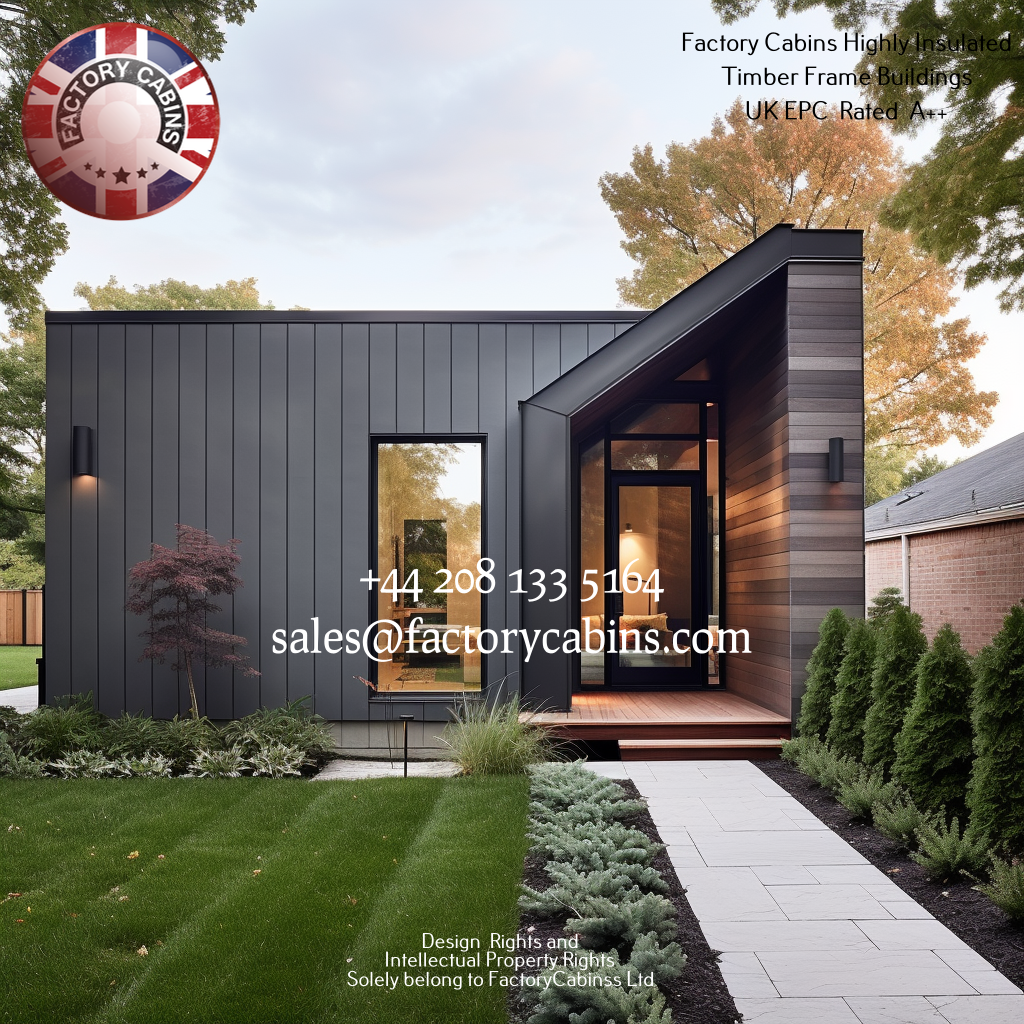
Net Zero Buildings that are Future-Proof
Net-zero buildings are an investment in the future, and futureproofing is critical to their success. We investigate innovative technologies, materials, and design philosophies to ensure your building remains at the forefront of sustainability for years to come.
Incorporating Circular Economy Principles
Adopting a circular economy strategy reduces waste and extends the life of materials. Our essay highlights how using circular economy ideas in construction contributes to the overall sustainability of net-zero buildings.
The Human Factor: Educating Occupants for Sustainable Living

In addition to state-of-the-art technology, net-zero buildings also depend on the deliberate efforts of their occupants. We offer solutions for educating building occupants on energy-efficient practises, allowing them to actively contribute to the building’s net-zero goals.
The ROI of Net Zero: Long-Term Financial Gains
Investing in net-zero construction pays returns over time. We examine the return on investment (ROI) associated with net-zero buildings, illustrating how the initial outlay translates into significant financial savings and enhanced property value.

Creating a More Sustainable Future
Achieving net-zero emissions requires a complex plan that takes into account financial, regulatory, educational, and technological aspects. With experience and solutions that surpass expectations, Factory Cabins is your ally in navigating this challenging market. Contact us today to begin a transformative path towards a more sustainable tomorrow.


